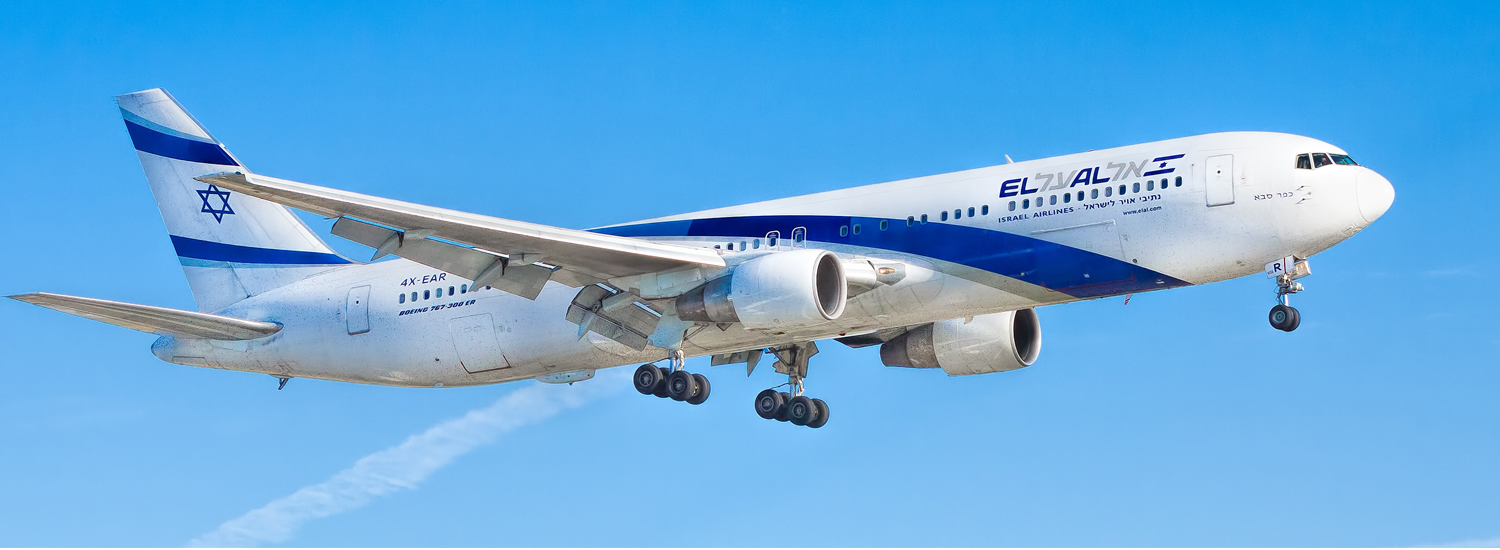Exploring new heights
Aircraft Design Process Overview
- A structured design process helps alleviate mistakes in manufacturing
- Creating an aircraft is a time and resource intensive process, design maps are used to help identify issues early on
- Many different industries follow a similar engineering design map
So, a company or an individual wants to begin the aircraft design process… Have you ever wondered where to start? Thankfully, there are a few key principles which can help guide engineers through any design process, through improved analysis the fundamentals of design, this same process can be refined into a aircraft design process. However, before moving on to design process, it is important that an engineering product follows a very similar design approach.

The Aircraft Design Process
The design process for an aircraft can be seen as very similar to other engineering products. However, the complexity of an aircraft and the tight safety regulations required make it a very expensive and long process. The general process can be divided as shown below:

In order to succeed, it is important to properly frame your issue by identifying key design requirements. Creating a process map is the first step towards designing and building a new aircraft.
STEP 1: Problem Definition
At this initial stage, a new market demand has been identified. For example, a company might have identified that there is a growing demand for small private jets. In the initial problem definition stages it is crucial to first identify the key requirements of the new product then to determine how realistic it is to create this product through a feasibility analysis.
STEP 2: Conceptual Design
This stage includes back of the envelope calculation, where all the ideas are brainstorm. As the design continues to be revised it will undergoe many transformations to conform to the fit/form/functions that are desired by the end user or purchaser. These basic functions are brought together to create the initial configuration design which is used to discuss different possibilities with the consumer during a conceptual design review.
STEP 3: Preliminary Design
The preliminary design phase is where engineers go a step further into the design process to create a basic proof of concept. In this stage the engineers will calculate requirements that the airplane will have to conform with in order to fly, these can include Aerodynamics, Flight Mechanics, Structure stresses and stability. Following these is a preliminary design review, to ensure the concept can become a reality and for a reasonable price.
STEP 4: Detail Design
At the detail design stage, every single component will be designed from and tested. This is a highly complex and critical stage of the process. It also requires all the different design teams to work closely. The main aircraft components designed stages are:
- Wing Design
- Tail Design
- Fuselage Design
- Propulsion System
- Landing Gear
- Equipment/Subsystems
- Integration
- Wind Tunnel Testing
- Weight Distribution
- Performance and stability analysis
- Control Surfaces design
- Evaluation and test review
STEP 5: Flight Testing
At this stage, a prototype is build and will undergo rigorous flight tests.This is a very lengthy and expensive process to ensure quality and safety in the new aircraft, this can take years to complete. There are two different types of aircraft certifications:
Military Aircraft: e.g.: Mil-Specs
Civil Aircraft: e.g.: EASA (Europe) or FAA (USA)
In order to become certified the design must follow these standards, sometimes also referred to as Technical Standard Orders (TSOs) which govern the approval of the design.
STEP 6: Critical Design Review
Here the design is reviewed, final small changes are made to adjust for different needs identified in flight testing.
STEP 7: Certification
Once the aircraft is certified, it can now be allowed into commercial airspace and move into full use and production. During the final certification process there are a wide variety of approvals that are needed to be obtained for design and safety:
- Aircraft Software
- Engines, Propellers, Aux power units
- Human safety factors
- Technical Standard Orders
- Parts Manufacturer Approval
- Origional Design Approval Process
- National Automated Conformity Inspection Process
This myriad of tests and approvals is done to ensure the safe operation and functions of the aircrafts.


